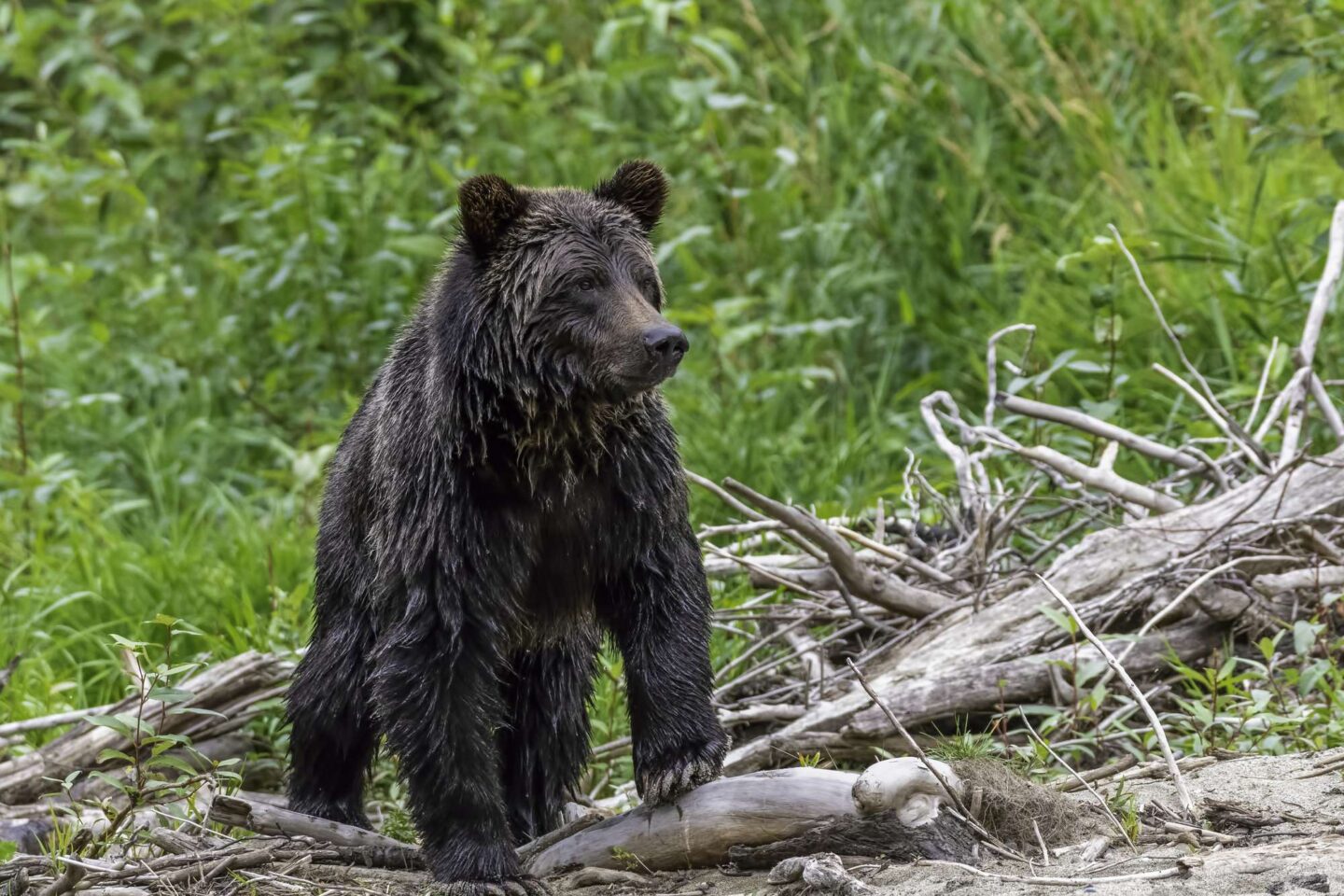
Canada is home to abundant wildlife from musk ox roaming the Arctic tundra to bald eagles circling above the Pacific coast. The country’s national animal, the beaver, building dams in wetlands to moose grazing in the highlands. But the highest accolades are surely reserved for the country’s many bears and whales. Read on to discover some of Canada’s diverse wildlife experiences from coast to coast.
Where to see bears
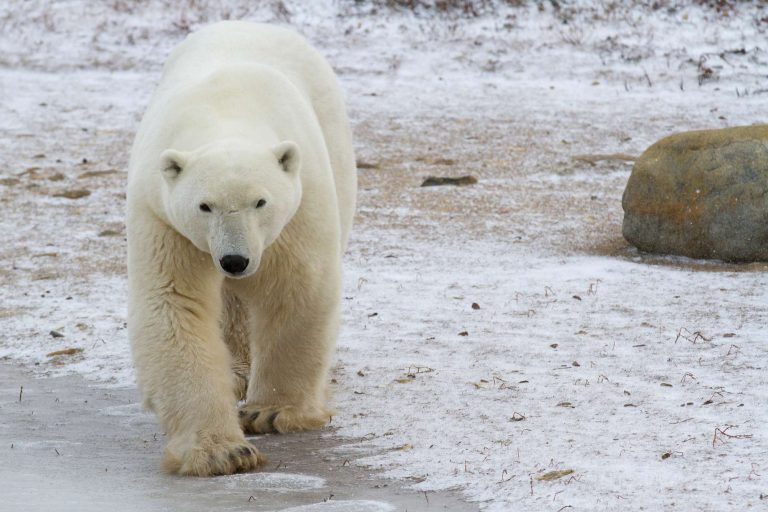
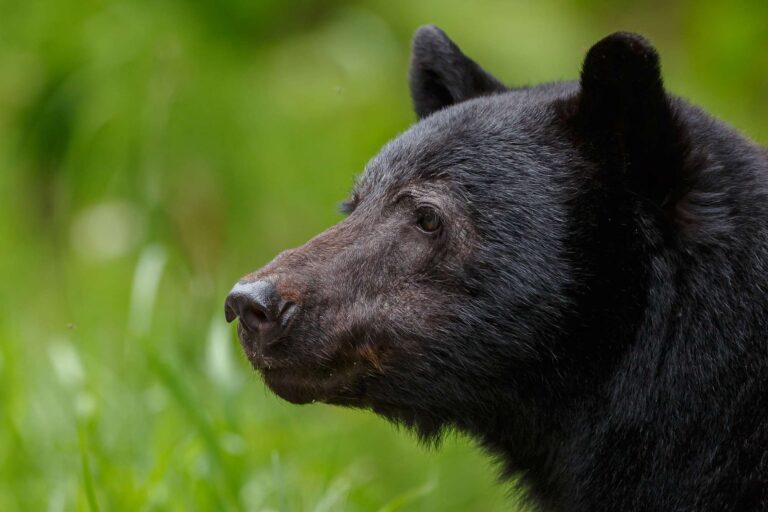
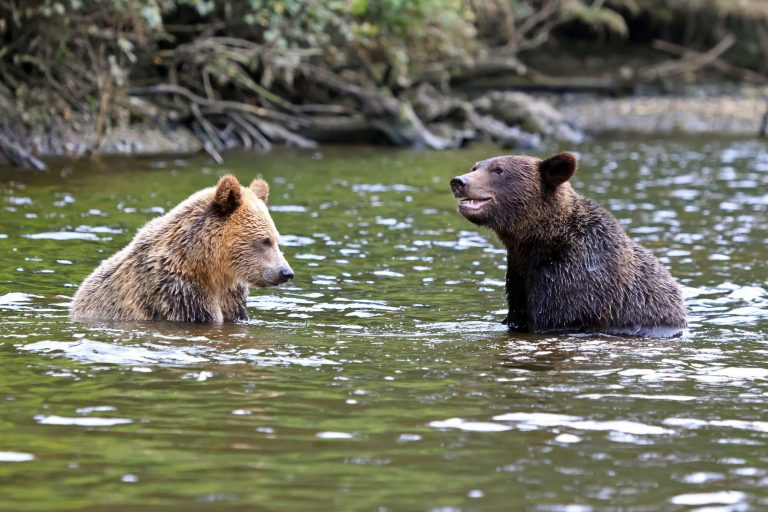
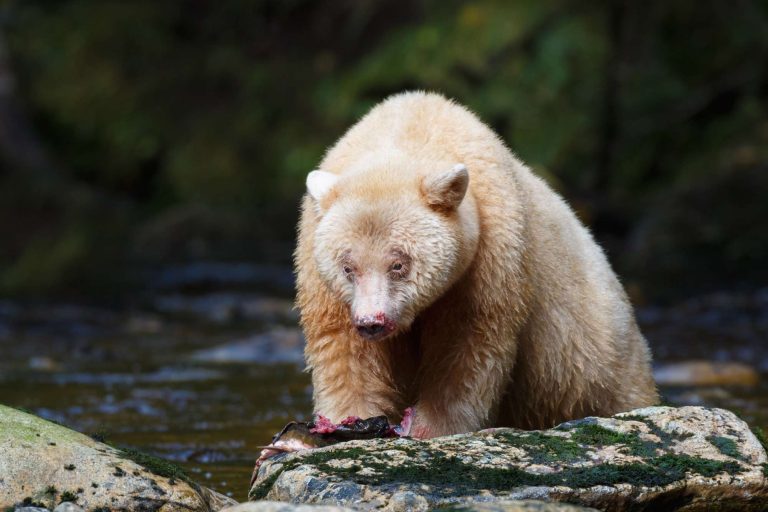
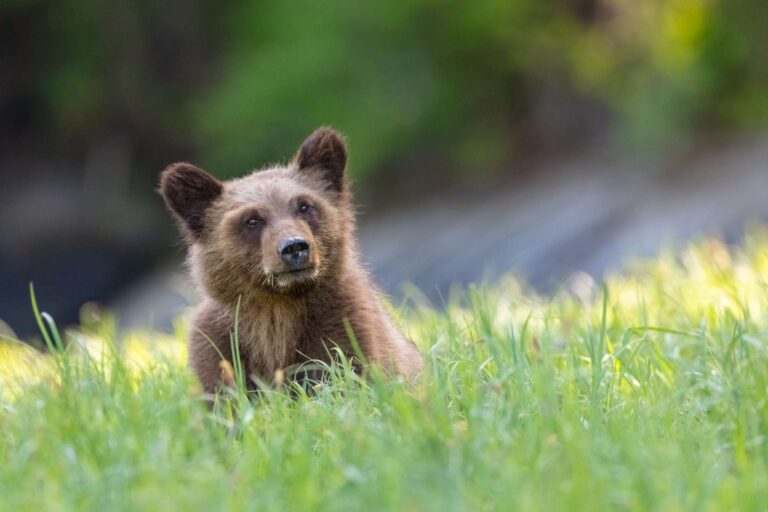
Black, brown, white and… white again? Canada’s large bear population comprises three species and a sub-species. Polar bears are the alpha predator of the Arctic, while brown or grizzly bears are prevalent in the west of Canada. Black bears are North America’s smallest and most widely distributed, with more than 380,000 found across Canada. A rare sub-species of the black bear, the kermode or spirit bear has a distinctive cream-coloured coat and is unique to British Columbia.
Sailing through the Great Bear Rainforest is the best way to to search for this rare bear that at first glance resembles a displaced polar bear.
You might spot grizzly bears at the side of the road as you drive through the western provinces, but for the ultimate encounters with this mighty animal as well as black bears, stay at one of the wilderness lodges in British Columbia where they can be seen fishing for salmon, such as new Klahoose Wilderness Resort where you can also gain an insight into the local culture and traditions of the Klahoose First Nations.
Summer expedition cruises in Canada’s high Arctic offer good chances of witnessing polar bears, but head to Churchill in Manitoba during October or November to witness the world’s largest gathering of polar bears on the tundra beside Hudson Bay.
Whales galore
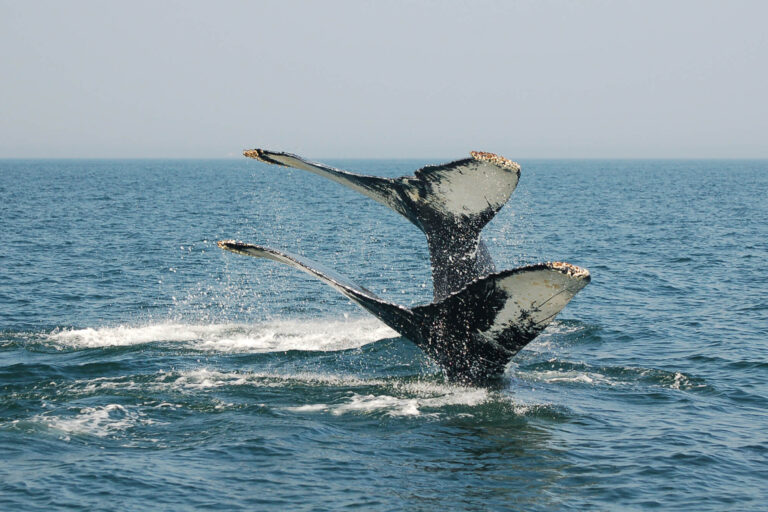
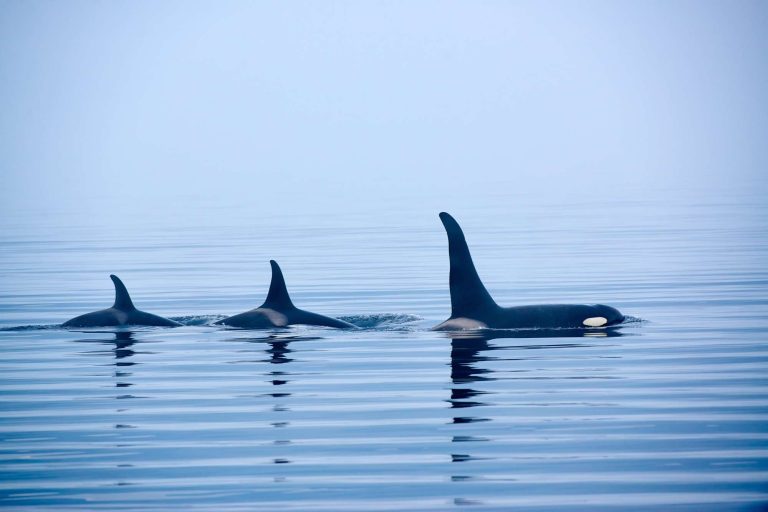
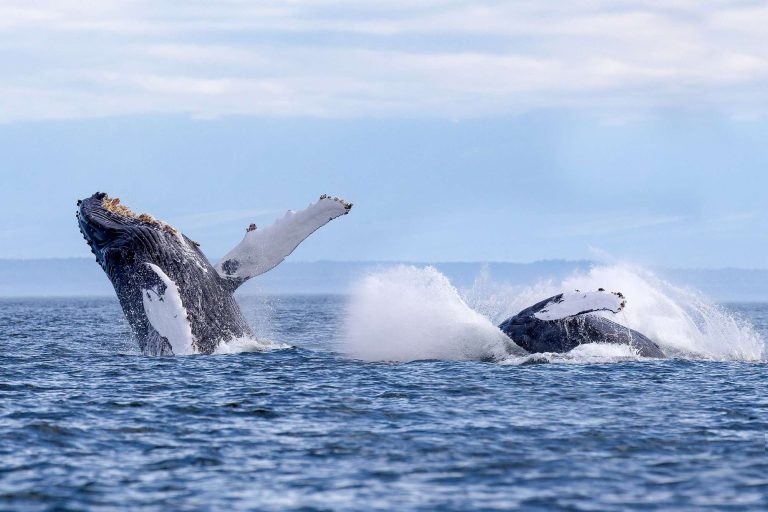
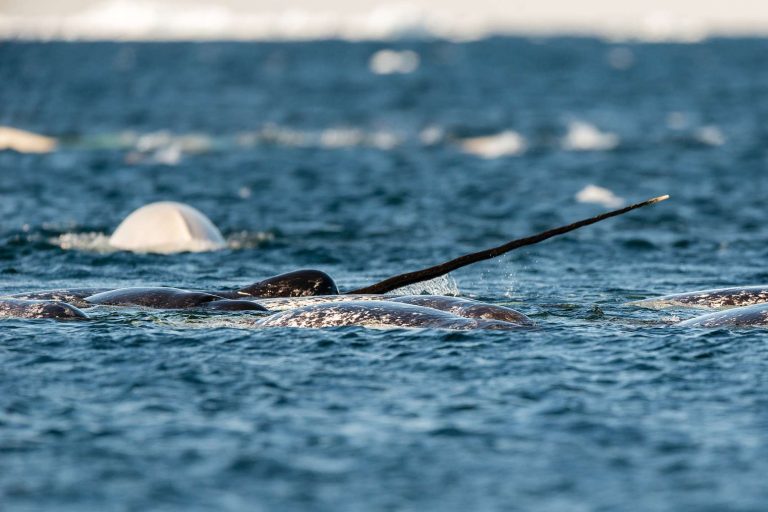
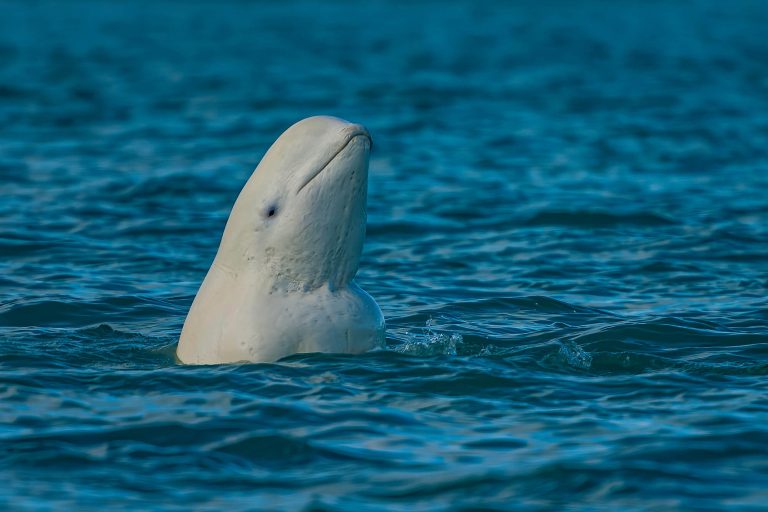
With the world’s longest coastline, and bordering three oceans – the Pacific, the Atlantic and the Arctic – it’s perhaps not surprising that Canada is such a popular whale watching destination. More than 30 species inhabit the coastal waters either as permanent residents or migratory, but some are more attention grabbing than others.
The waters around Newfoundland play host to the most extensive variety of whales in the world in a single location – up to 22 different species! Here you can encounter the world’s largest population of humpback whales, which can even be spotted from the shore in locations like Cape Bonavista and Quirpon Island.
Another cetacean hotspot in Atlantic Canada is the Bay of Fundy. The highest tides in the world churn up a great supply of food to attract cetaceans and also provide an experience. Minke whales, humpbacks, and the rare north Atlantic right whale can be spotted here.
On Canada’s Pacific coast, the waters off British Columbia have one of the highest populations of orcas in the world. One of the best places to encounter these iconic whales is between the mainland and Vancouver Island, specifically Johnstone Strait and Broughton Archipelago Marine Park.
There are also a number of more elusive whales. For the distinctive looking beluga, head to Québec’s Saguenay Fjord, Manitoba’s Hudson Bay or cruise the High Arctic, where you may be lucky enough to spot the very rare bowhead whale or the extraordinary narwhal, with its unicorn-like tusk.
Grazers and pack animals

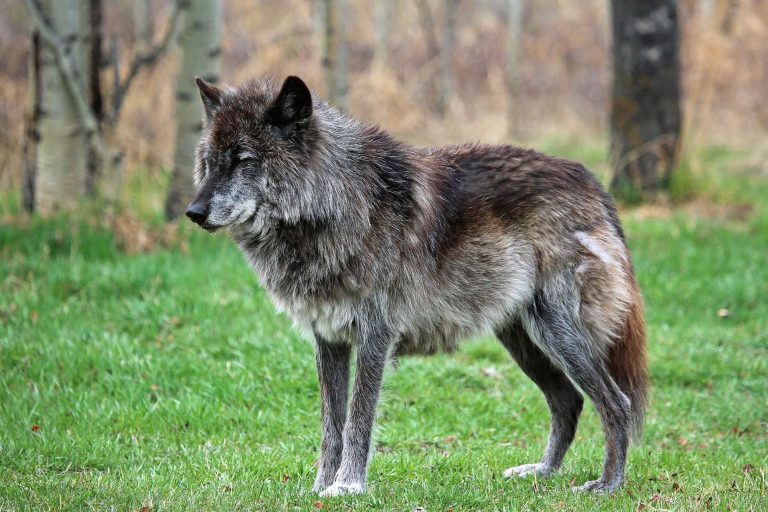
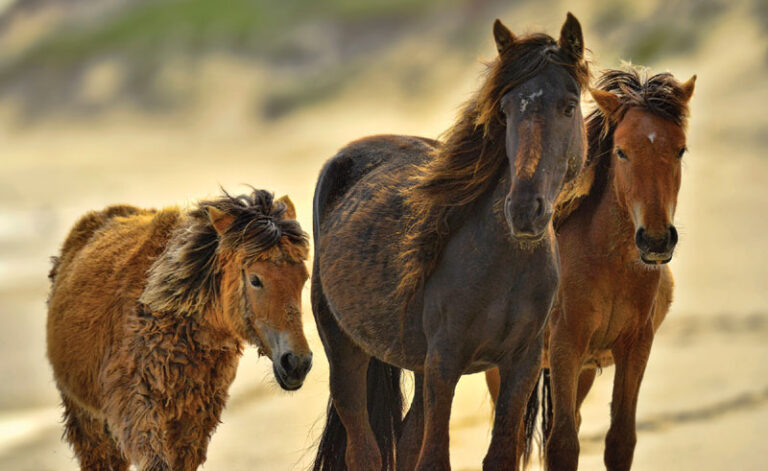
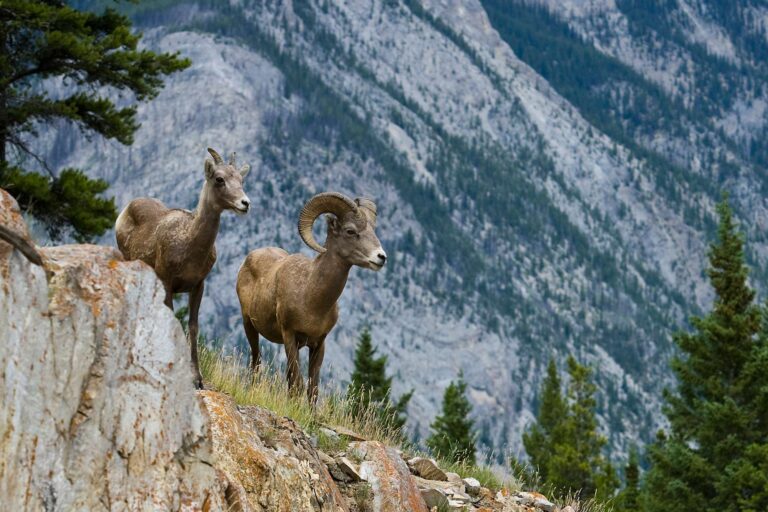
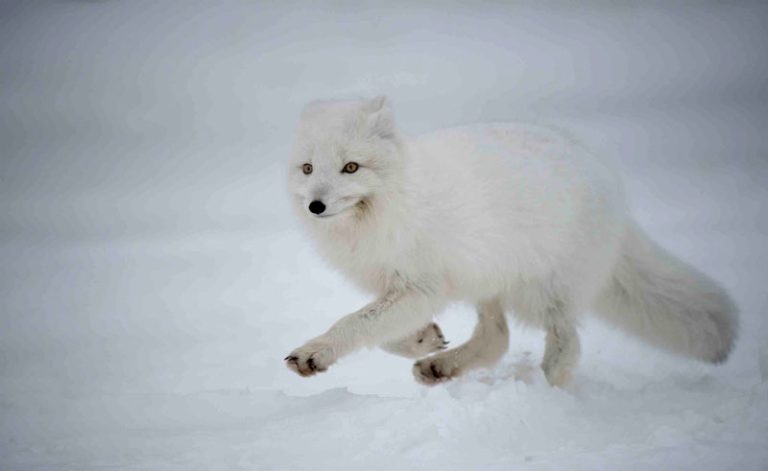
Canada’s huge wilderness areas and open plains play host to vast numbers of wildlife that in more remote areas, such as the Yukon Territory, outnumber humans.
Elk are regularly spotted throughout the Rockies, frequently found wandering down the middle of the road or through hotel grounds. Or you might encounter moose when out on hiking trails through national parks such as Cape Breton Highlands National Park in Nova Scotia.
Few people visit the sand spit of Sable Island, which is one of Canada’s most remote national parks and best known for its pack of wild horses.
A trip into the Arctic may reveal prehistoric looking musk ox as well as caribou and Arctic fox. Wolves are hard to see but the evocative sound of howling is magical to hear in the wilderness – try the Chilcotin Mountains or Algonquin Provincial Park.
Encountering the national icon
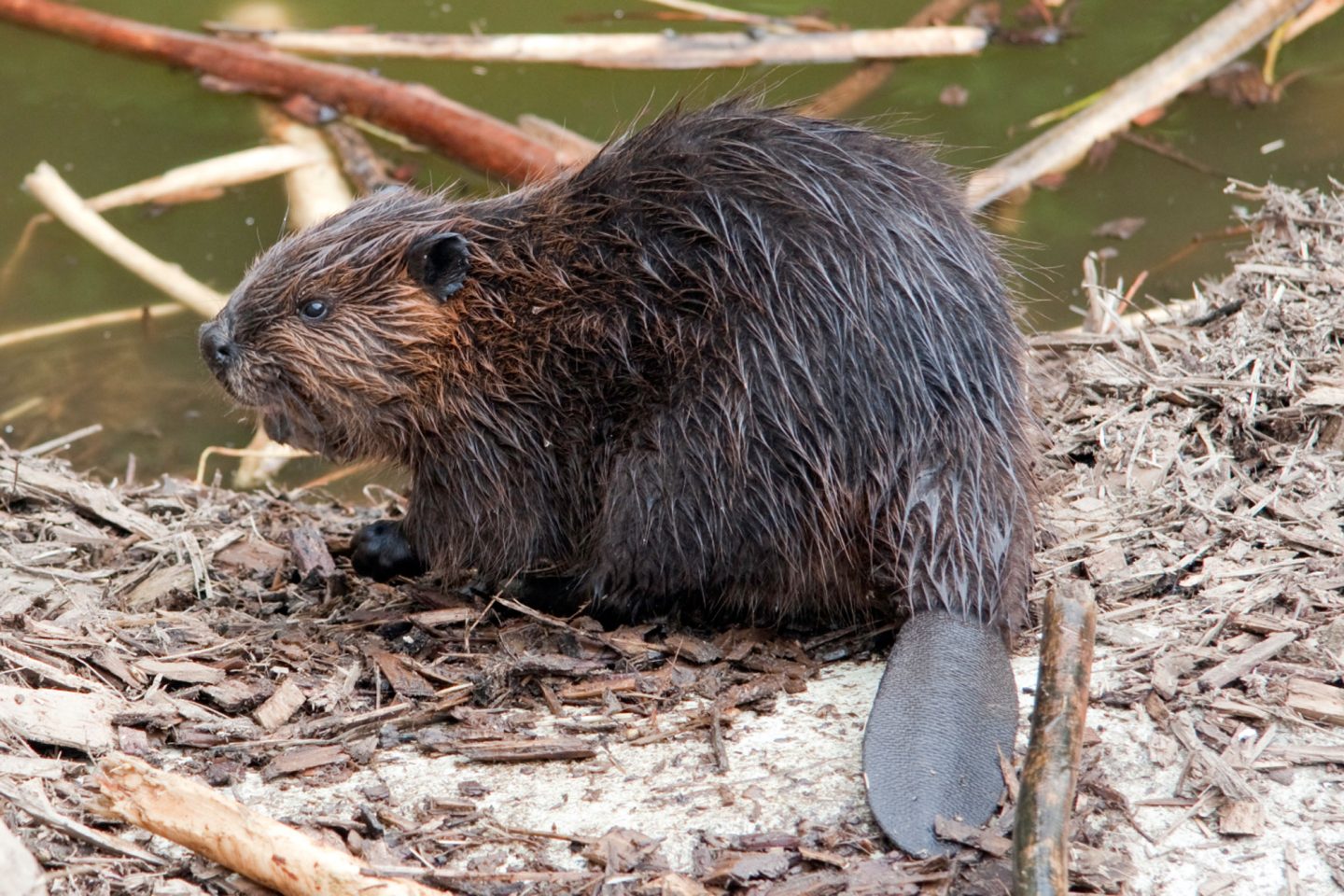
Adopted as the country’s national animal, the beaver is a symbol of ingenuity and perseverance – evidence of which can be seen in its intricate dams. Fast swimmers with teeth suited to cutting through wood, beavers inhabit creeks and rivers industriously adapting the habitat to build dens.
They are not easy to spot, but Alberta offers a few options. A sunrise or sunset walk around the gentle Fenland Trail just 5 minutes outside Banff may reap the reward of a seeing a swimming beaver. Alternatively, about an hour’s drive north of Jasper you’ll find the Beaver Boardwalk. Over 3km of trail meander through the marshland of Maxwell Lake offering good chances of spotting beavers.
Feeling inspired?
Experience Canada’s incredible wildlife for yourself. Our Travel Specialists can tailor-make a Canada holiday to suit incorporate all the experiences you love. View our collection of Canada itineraries as starting point or get in touch on 01737 214 250 or send an enquiry.

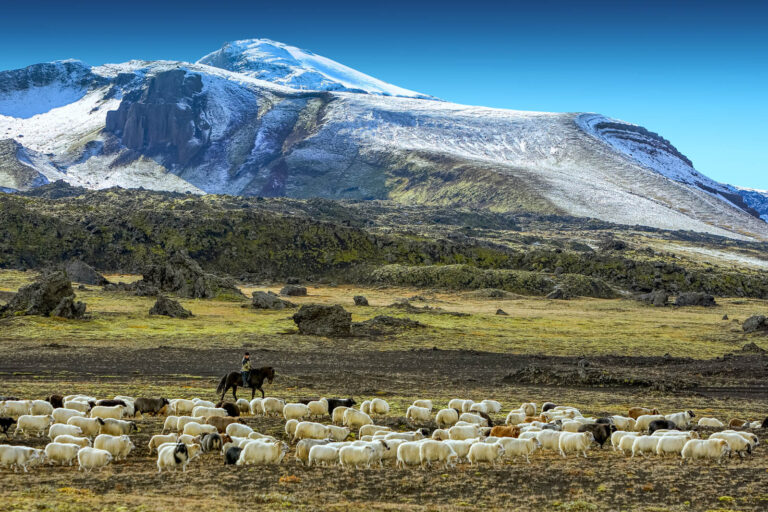
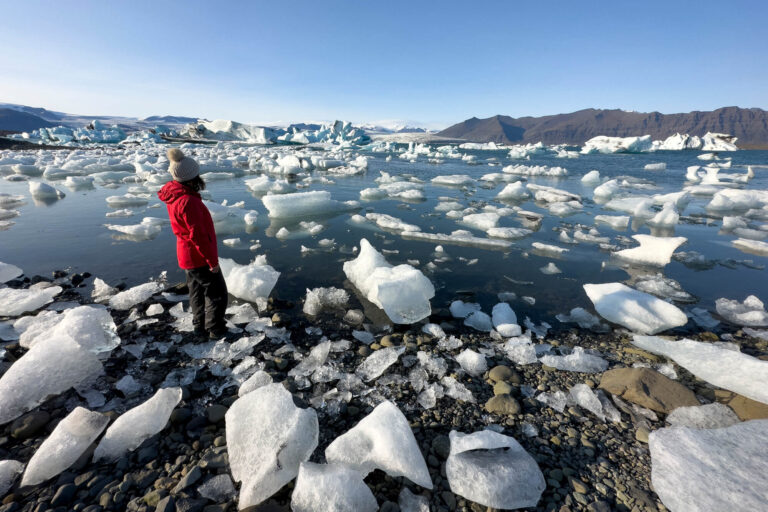



 Instagram
Instagram
 Facebook
Facebook
 YouTube
YouTube